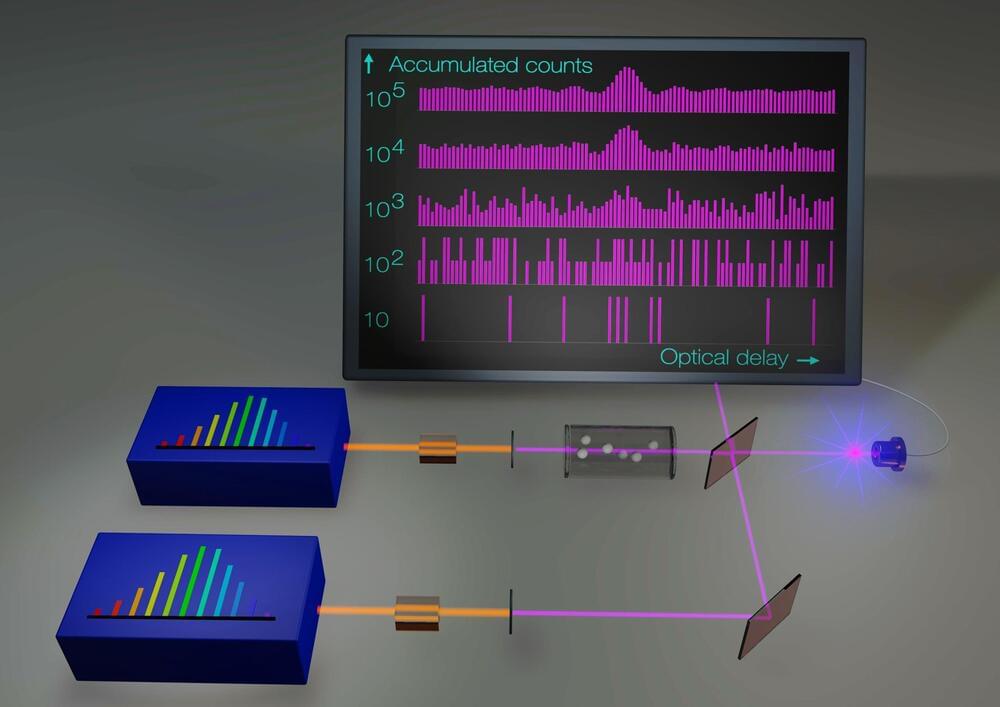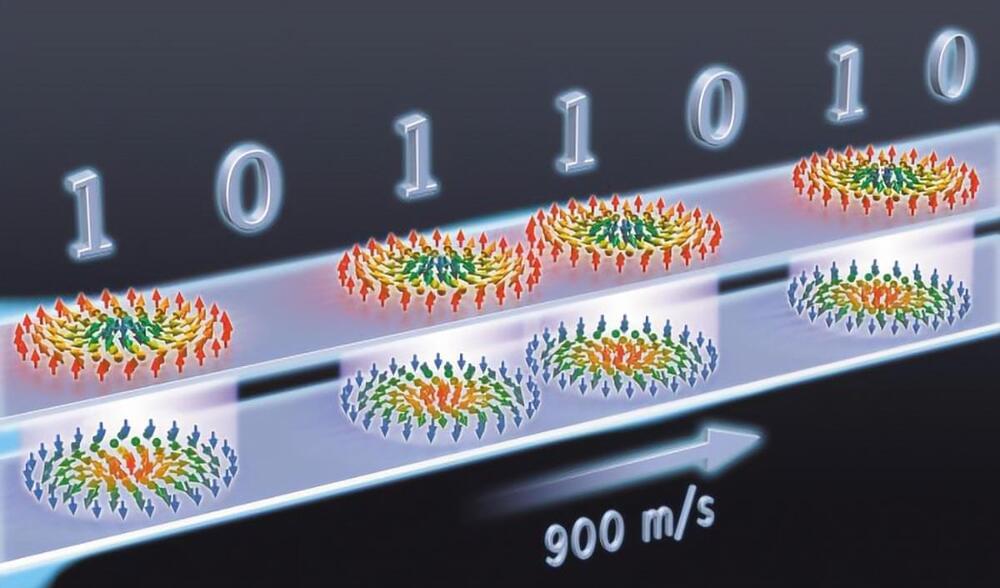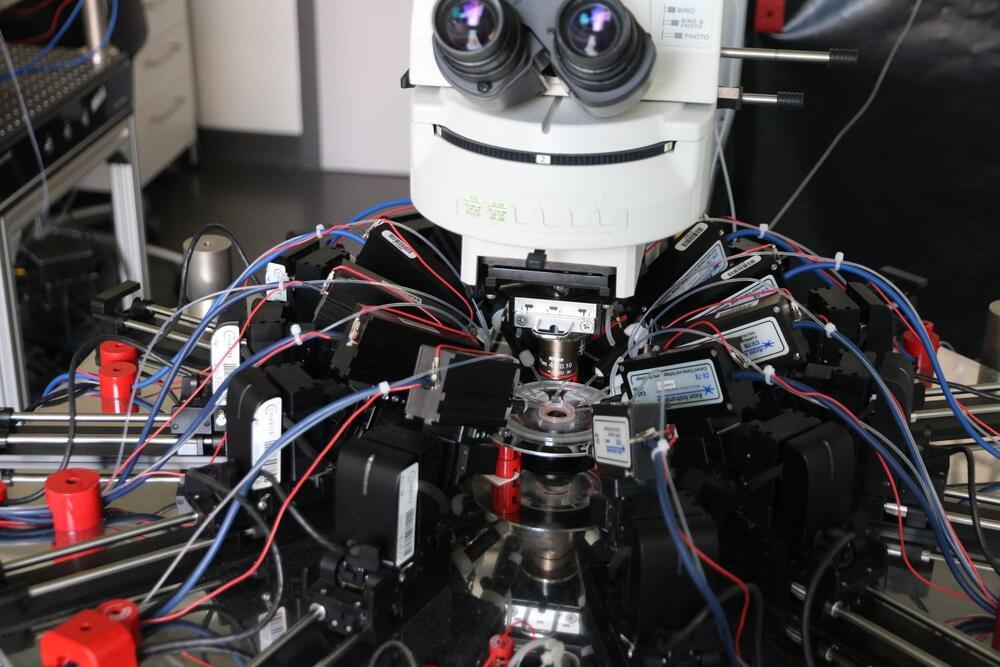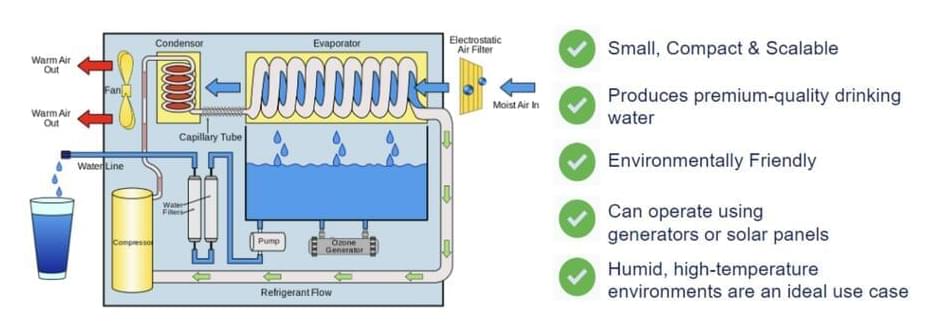Apr 21, 2024
MIT Unlocks the Power of 2D Magnets for Future Computing
Posted by Saúl Morales Rodriguéz in categories: materials, robotics/AI
MIT scientists have tackled key obstacles to bringing 2D magnetic materials into practical use, setting the stage for the next generation of energy-efficient computers.
Globally, computation is booming at an unprecedented rate, fueled by the boons of artificial intelligence. With this, the staggering energy demand of the world’s computing infrastructure has become a major concern, and the development of computing devices that are far more energy-efficient is a leading challenge for the scientific community.
Continue reading “MIT Unlocks the Power of 2D Magnets for Future Computing” »


















